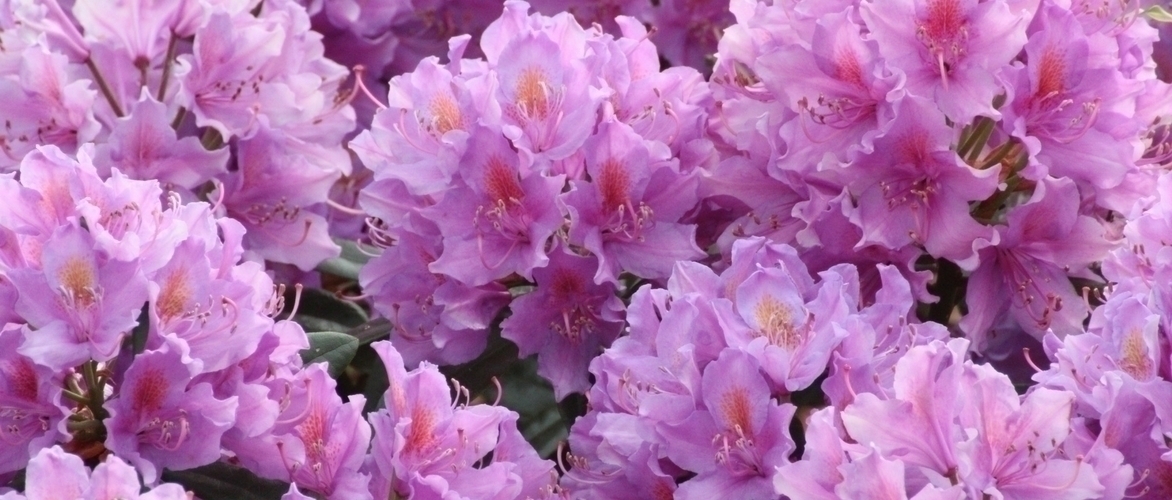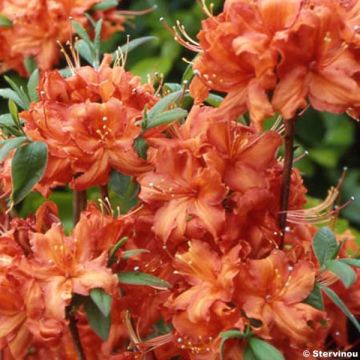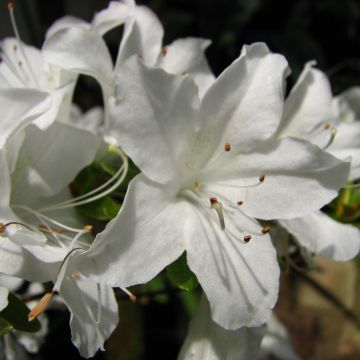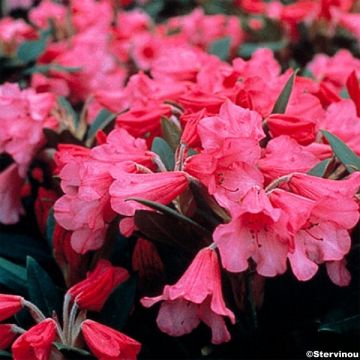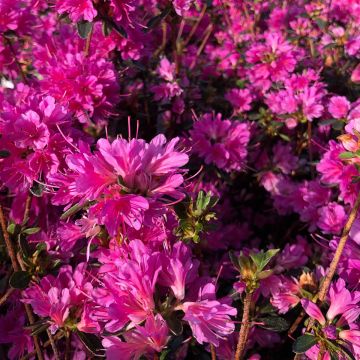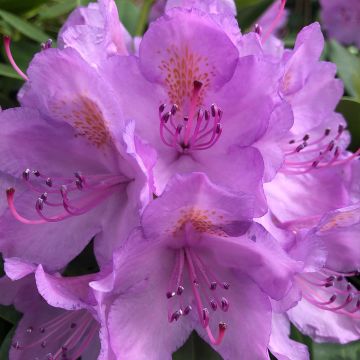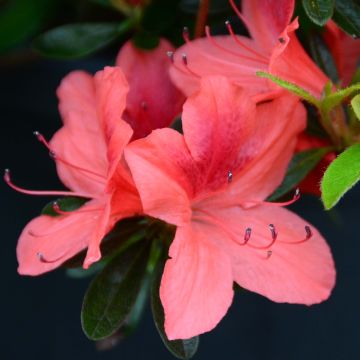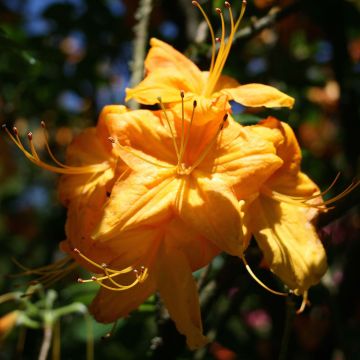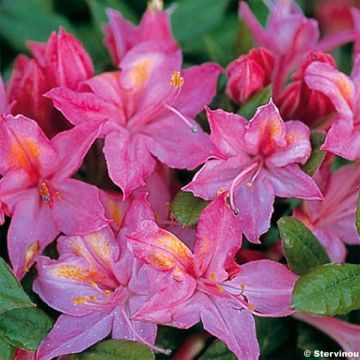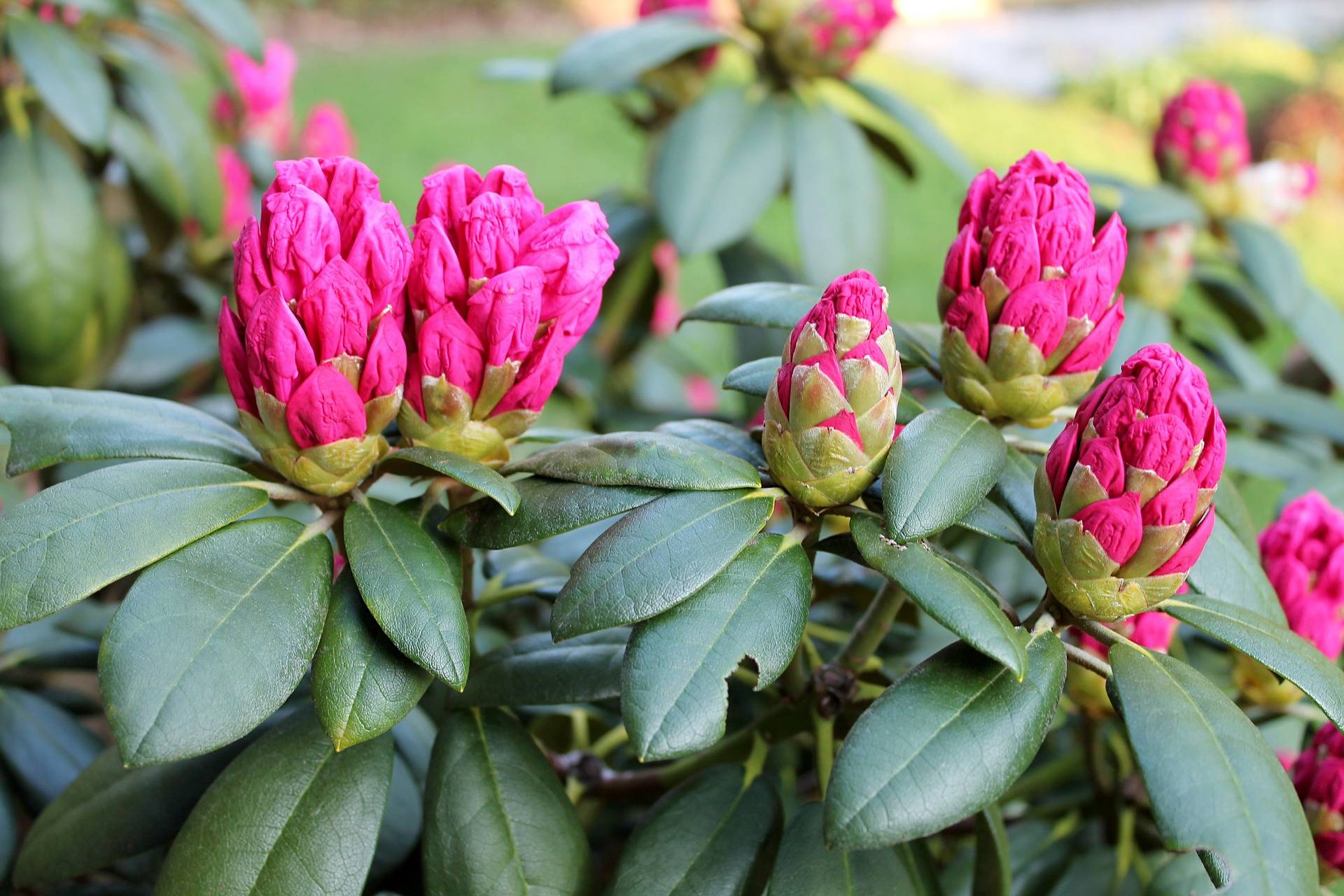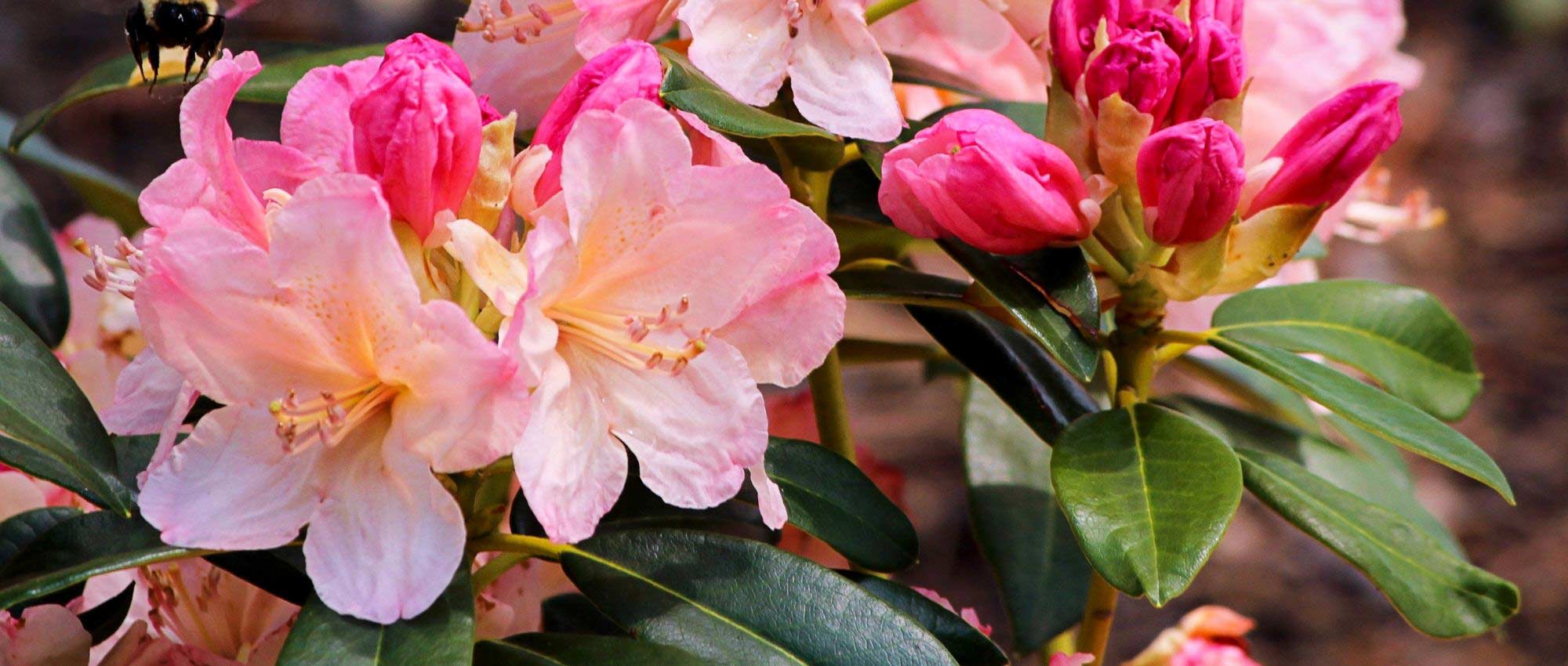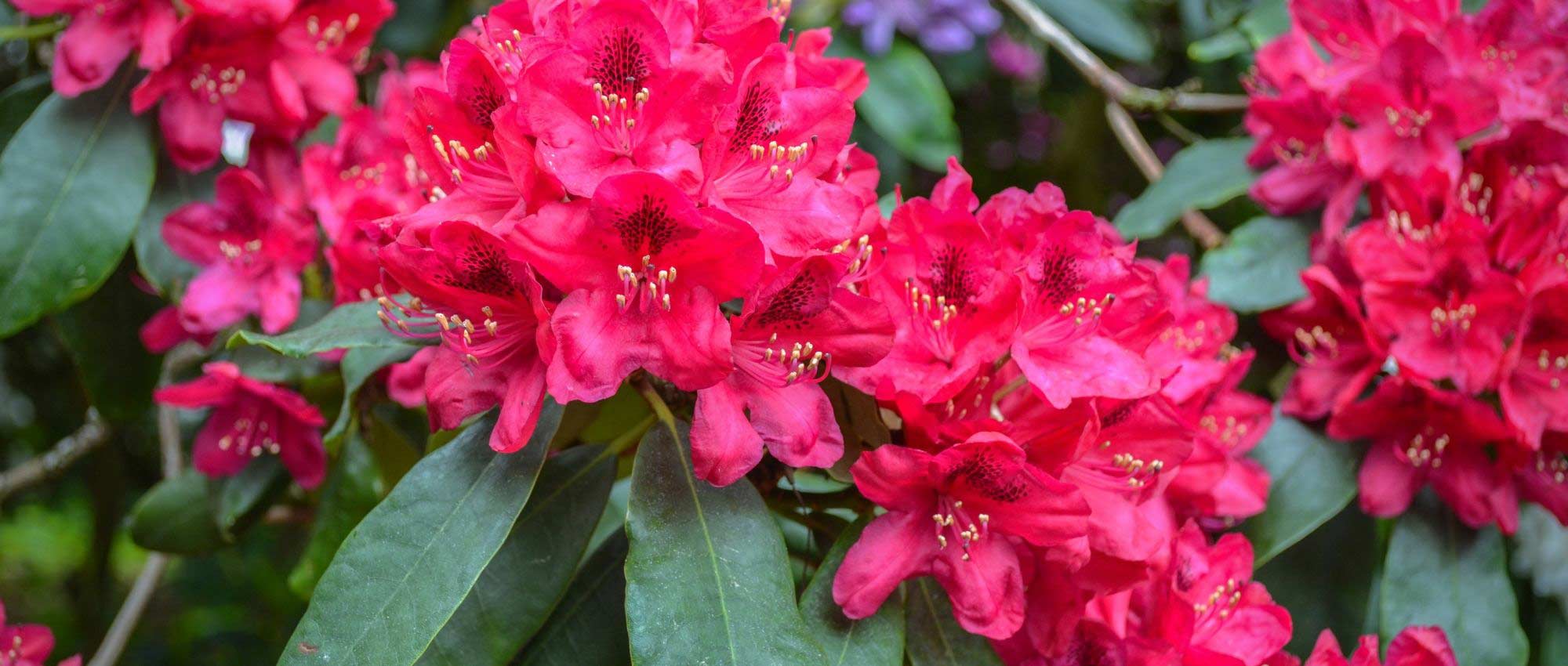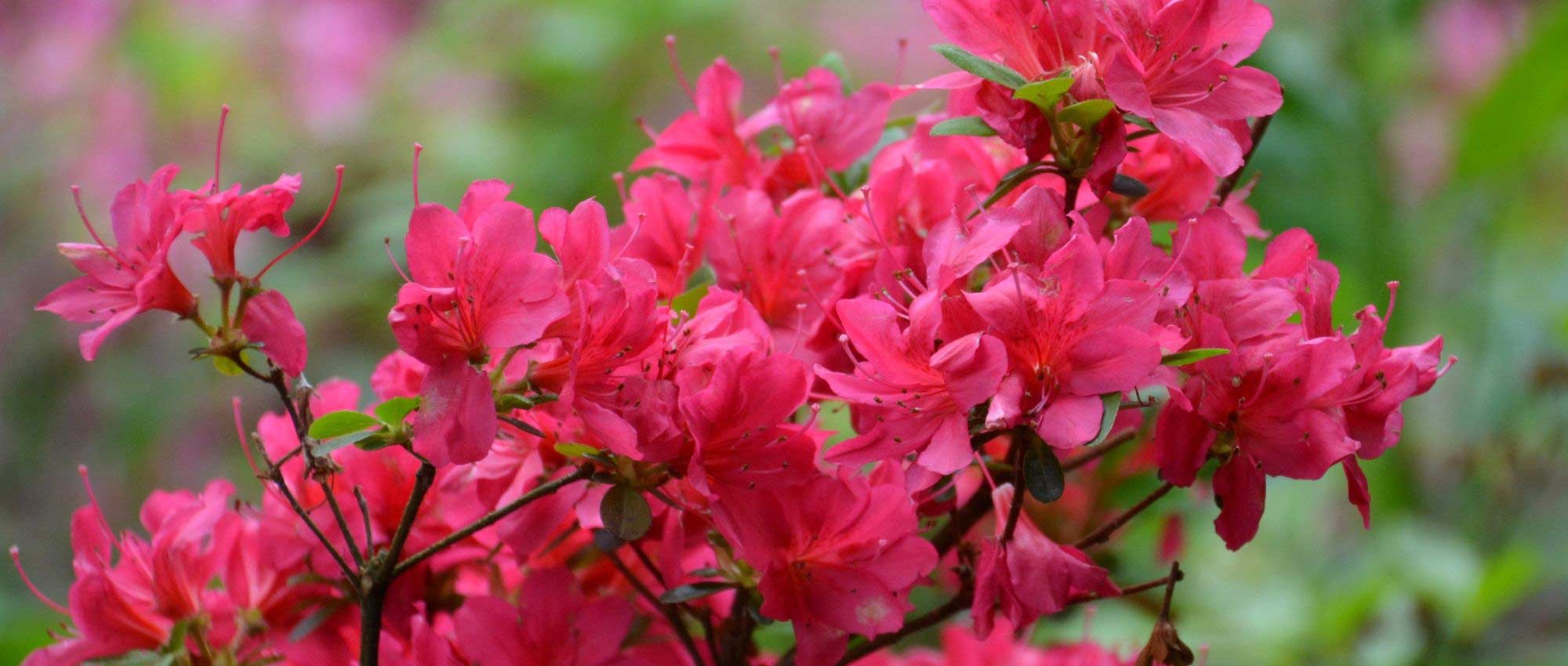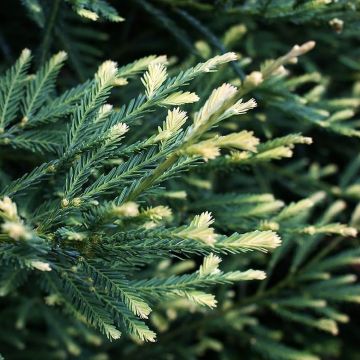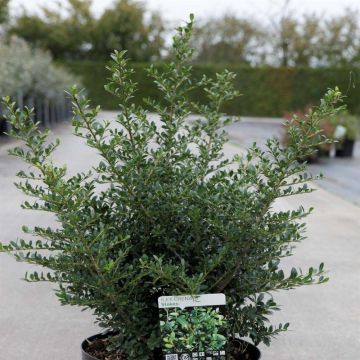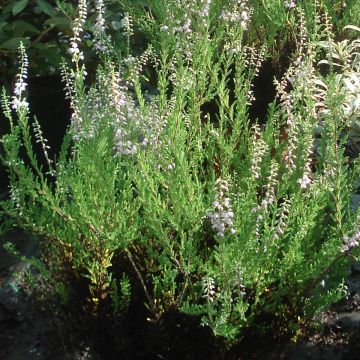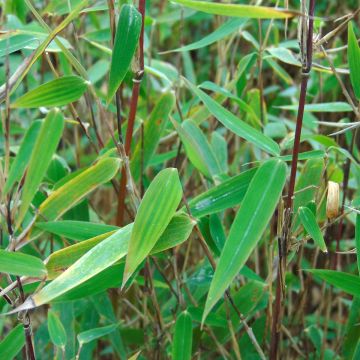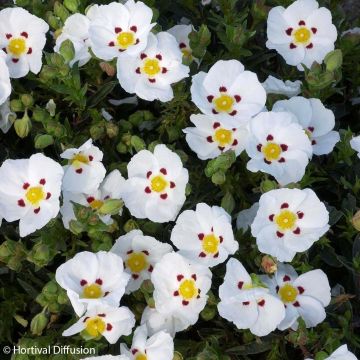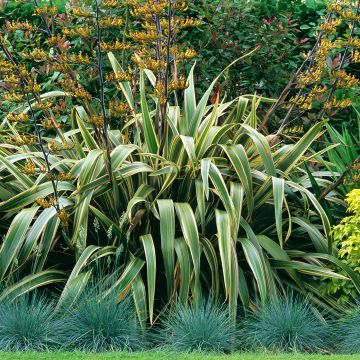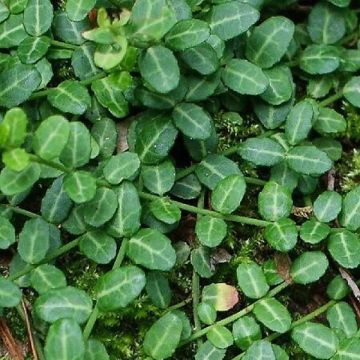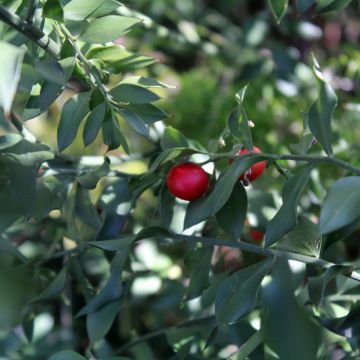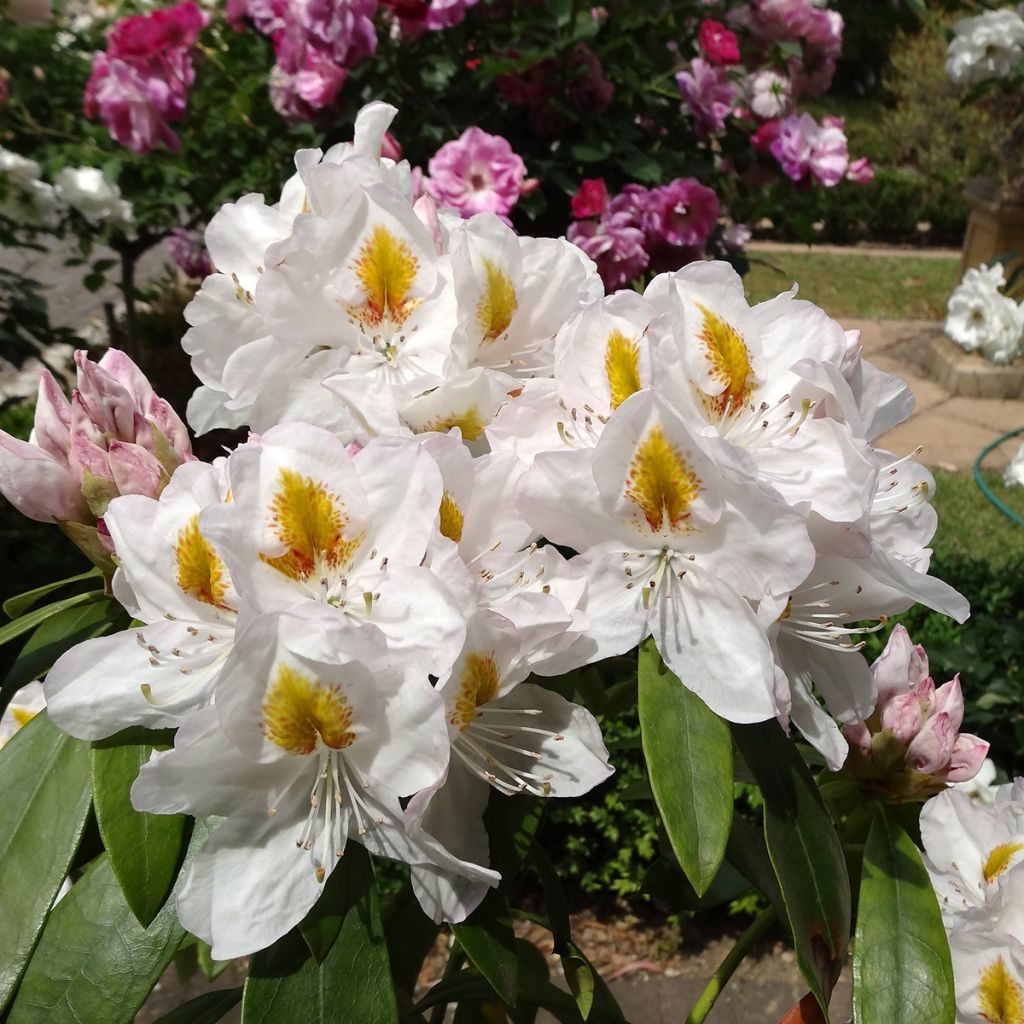

Rhododendron Gomer Waterer
Rhododendron Gomer Waterer
Rhododendron Gomer Waterer
Rhododendron
Well arrived and delivered to home as planned (which is rather exceptional). Vine-plants in good condition and well-balanced, replanted uphill in a mixture of turf and heather soil, generously watered.
Patrick, 10/05/2023
Special offer!
Receive a €20 voucher for any order over €90 (excluding delivery costs, credit notes, and plastic-free options)!
1- Add your favorite plants to your cart.
2- Once you have reached €90, confirm your order (you can even choose the delivery date!).
3- As soon as your order is shipped, you will receive an email containing your voucher code, valid for 3 months (90 days).
Your voucher is unique and can only be used once, for any order with a minimum value of €20, excluding delivery costs.
Can be combined with other current offers, non-divisible and non-refundable.
Home or relay delivery (depending on size and destination)
Schedule delivery date,
and select date in basket
This plant carries a 24 months recovery warranty
More information
We guarantee the quality of our plants for a full growing cycle, and will replace at our expense any plant that fails to recover under normal climatic and planting conditions.
Would this plant suit my garden?
Set up your Plantfit profile →
Description
The Rhododendron 'Gomer Waterer' is an old variety, but still highly valued for its beautiful late spring flowering. The pink buds fade to pale pink flowers, with a truly romantic charm. This medium-sized evergreen bush has dark green leaves that contrast well with the flowers. This Rhododendron thrives in partially shaded areas with non-chalky and moist soil.
Rhododendrons are plants from the Ericaceae family, which includes a hundred genera, such as popular heathers, blueberries, or strawberry trees. Others, less known, deserve to be planted more: Kalmias with their superb flowering, Enkianthus with delicate bell-shaped flowers, or Oxydendrum with flamboyant autumn colours. These plants mostly prefer soils with an acidic tendency, as well as humid and cool climates.
This 'Gomer Waterer' hybrid is a creation of the famous English breeder Anthony Waterer, in whose honour a spirea was named. This old variety, named in 1906, is a cross-breeding between 2 Rhododendron species: the R. catawbiense, native to the United States, and the R. griffithianum from the Himalayas. Combining the best of both worlds, it is not surprising that this hybrid obtained a trophy from the prestigious RHS (Royal Horticultural Society) in 1993, rewarding in particular its "excellent adaptability to appropriate growing conditions", as well as its stability in terms of shape, colour, and resistance to diseases and insects. This Rhododendron has a moderate growth, reaching about 1.80m (3.3ft) in height at maturity, with a width of 1.60m (3.3ft). Its medium-sized leaves (about 10cm (3.9in) long) are dark green, forming a pleasant contrast with the pale inflorescences which consist of pale pink flowers, arising from dark pink buds. Shaped like trumpets measuring from 4 to 8cm (3.1in) long, they are grouped in corymbs that bloom at the ends of the branches. In young plants, these large inflorescences almost hide the foliage, creating a superb mass effect in late spring (May-June). This Rhododendron has an additional quality, it remains dense and rounded, requiring no pruning.
The Rhododendron 'Gomer Waterer' is a flowering plant and perfectly hardy, down to approximately -20°C (-4°F). Although they prefer partial shade, hybrid Rhododendrons can tolerate morning sun as long as it is not scorching, and their base remains cool. This bush can be planted in isolation, next to large trees, or in a mass planting. Its romantic appearance, due to the old-fashioned charm of its flowers, goes well with clumps of Hostas with their decorative foliage, as well as heathers and Pieris with their delicate little bell-shaped flowers. A beautiful Japanese Maple 'Jordan' with yellow foliage in spring and multicoloured leaves in autumn will create a tasteful contrast with the dark vegetation of the Rhododendron. The Chinese Azalea 'Fragrant Star' with its delicately scented white flowers will look well in front of our Rhododendron 'Gomer Waterer', as well as Skimmias.
Rhododendron Gomer Waterer in pictures


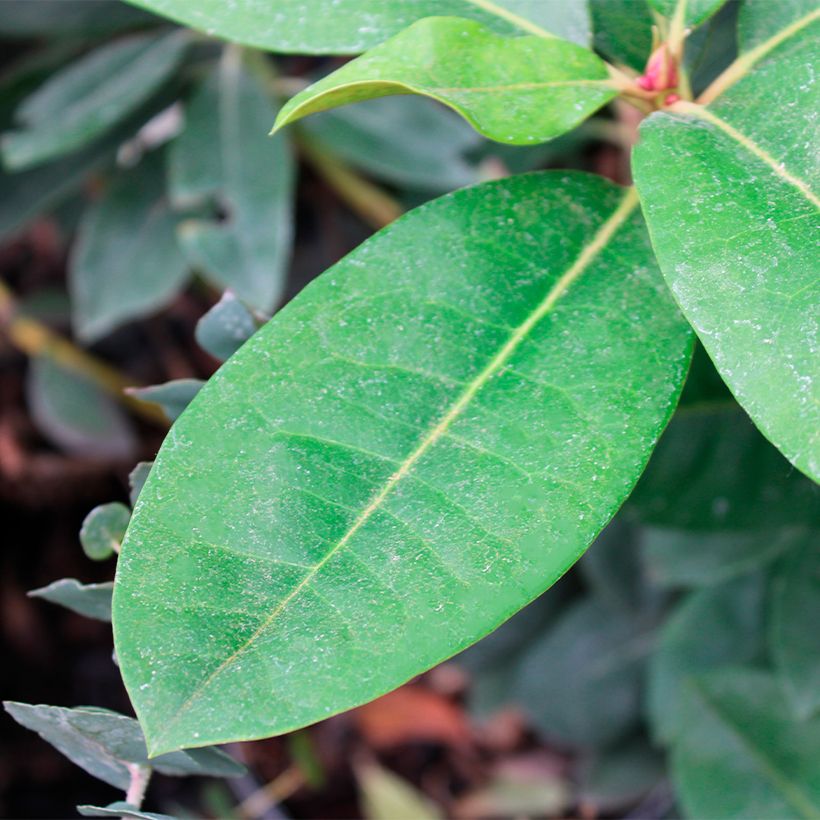

Plant habit
Flowering
Foliage
Botanical data
Rhododendron
Gomer Waterer
Ericaceae
Rhododendron
Cultivar or hybrid
Other Rhododendron and Azalea A to Z
View all →Planting and care
Plant Rhododendron 'Gomer Waterer' in a semi-shaded position, protected from cold and drying winds. It needs fertile, humus-rich and light soil, with an acidic or neutral tendency. Like all ericaceous plants, it does not tolerate alkaline soils or heavy soils that are waterlogged in winter. If the soil remains moist in summer, this rhododendron can also tolerate exposure to morning sun. Avoid planting at its base, as its shallow roots do not tolerate competition from other plants, especially for water.
Dig a hole three times larger than the pot volume. Soak the root ball in non-lime water and plant the bush at the level of the collar, in a mixture composed of 1/4 organic matter, leaf compost, gravel or pumice, and loam. Water generously and keep the soil moist in summer. Azaleas and rhododendrons have a shallow root system. Therefore, they are sensitive to long periods of drought. That's why humus-rich soil and abundant watering during dry periods are recommended. In addition, this root system is not very strong, which is why it is essential to lighten heavy soils with well-draining materials (gravel, pumice, clay pellets) at planting. Apply a mulch of crushed pine bark at the base of the bush every spring to maintain soil moisture and acidic pH.
Maintenance consists of removing faded flowers and dead branches in summer. Azaleas and rhododendrons can sometimes be attacked by weevils that eat the edges of leaves and rootlets, as well as by the famous "rhododendron beetle," which does not often cause severe damage. Effective biological solutions are available today against weevils. Yellowing of the leaves (chlorosis) in rhododendrons indicates poor take-up of iron from the soil and can cause premature plant death. It is possible to take action by applying diluted iron chelate in the watering water. However, poorly drained soil or a planting hole that is too deep can also explain the phenomenon.
"Rhodos" thrive when planted in lime-free soil and in a humid environment. Their cultivation in hotter and drier climates is generally doomed to failure in the long run, despite all the efforts made to acclimatise them.
Planting period
Intended location
Care
Planting & care advice
-
, onOrder confirmed
Reply from on Promesse de fleurs
Similar products
Haven't found what you were looking for?
Hardiness is the lowest winter temperature a plant can endure without suffering serious damage or even dying. However, hardiness is affected by location (a sheltered area, such as a patio), protection (winter cover) and soil type (hardiness is improved by well-drained soil).

Photo Sharing Terms & Conditions
In order to encourage gardeners to interact and share their experiences, Promesse de fleurs offers various media enabling content to be uploaded onto its Site - in particular via the ‘Photo sharing’ module.
The User agrees to refrain from:
- Posting any content that is illegal, prejudicial, insulting, racist, inciteful to hatred, revisionist, contrary to public decency, that infringes on privacy or on the privacy rights of third parties, in particular the publicity rights of persons and goods, intellectual property rights, or the right to privacy.
- Submitting content on behalf of a third party;
- Impersonate the identity of a third party and/or publish any personal information about a third party;
In general, the User undertakes to refrain from any unethical behaviour.
All Content (in particular text, comments, files, images, photos, videos, creative works, etc.), which may be subject to property or intellectual property rights, image or other private rights, shall remain the property of the User, subject to the limited rights granted by the terms of the licence granted by Promesse de fleurs as stated below. Users are at liberty to publish or not to publish such Content on the Site, notably via the ‘Photo Sharing’ facility, and accept that this Content shall be made public and freely accessible, notably on the Internet.
Users further acknowledge, undertake to have ,and guarantee that they hold all necessary rights and permissions to publish such material on the Site, in particular with regard to the legislation in force pertaining to any privacy, property, intellectual property, image, or contractual rights, or rights of any other nature. By publishing such Content on the Site, Users acknowledge accepting full liability as publishers of the Content within the meaning of the law, and grant Promesse de fleurs, free of charge, an inclusive, worldwide licence for the said Content for the entire duration of its publication, including all reproduction, representation, up/downloading, displaying, performing, transmission, and storage rights.
Users also grant permission for their name to be linked to the Content and accept that this link may not always be made available.
By engaging in posting material, Users consent to their Content becoming automatically accessible on the Internet, in particular on other sites and/or blogs and/or web pages of the Promesse de fleurs site, including in particular social pages and the Promesse de fleurs catalogue.
Users may secure the removal of entrusted content free of charge by issuing a simple request via our contact form.
The flowering period indicated on our website applies to countries and regions located in USDA zone 8 (France, the United Kingdom, Ireland, the Netherlands, etc.)
It will vary according to where you live:
- In zones 9 to 10 (Italy, Spain, Greece, etc.), flowering will occur about 2 to 4 weeks earlier.
- In zones 6 to 7 (Germany, Poland, Slovenia, and lower mountainous regions), flowering will be delayed by 2 to 3 weeks.
- In zone 5 (Central Europe, Scandinavia), blooming will be delayed by 3 to 5 weeks.
In temperate climates, pruning of spring-flowering shrubs (forsythia, spireas, etc.) should be done just after flowering.
Pruning of summer-flowering shrubs (Indian Lilac, Perovskia, etc.) can be done in winter or spring.
In cold regions as well as with frost-sensitive plants, avoid pruning too early when severe frosts may still occur.
The planting period indicated on our website applies to countries and regions located in USDA zone 8 (France, United Kingdom, Ireland, Netherlands).
It will vary according to where you live:
- In Mediterranean zones (Marseille, Madrid, Milan, etc.), autumn and winter are the best planting periods.
- In continental zones (Strasbourg, Munich, Vienna, etc.), delay planting by 2 to 3 weeks in spring and bring it forward by 2 to 4 weeks in autumn.
- In mountainous regions (the Alps, Pyrenees, Carpathians, etc.), it is best to plant in late spring (May-June) or late summer (August-September).
The harvesting period indicated on our website applies to countries and regions in USDA zone 8 (France, England, Ireland, the Netherlands).
In colder areas (Scandinavia, Poland, Austria...) fruit and vegetable harvests are likely to be delayed by 3-4 weeks.
In warmer areas (Italy, Spain, Greece, etc.), harvesting will probably take place earlier, depending on weather conditions.
The sowing periods indicated on our website apply to countries and regions within USDA Zone 8 (France, UK, Ireland, Netherlands).
In colder areas (Scandinavia, Poland, Austria...), delay any outdoor sowing by 3-4 weeks, or sow under glass.
In warmer climes (Italy, Spain, Greece, etc.), bring outdoor sowing forward by a few weeks.






























